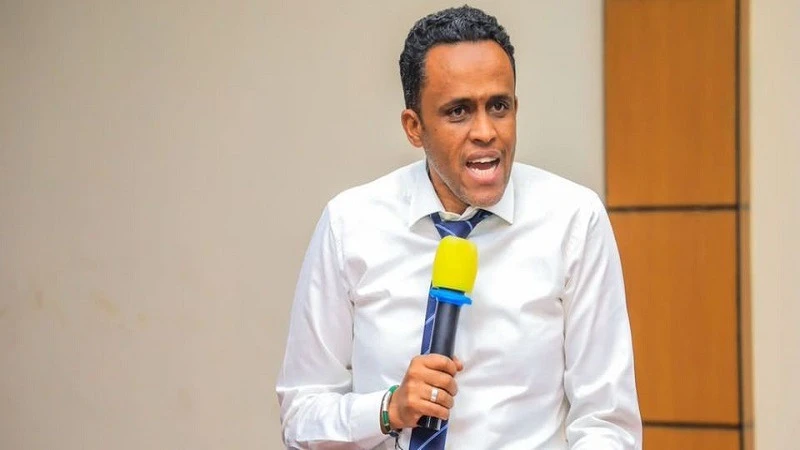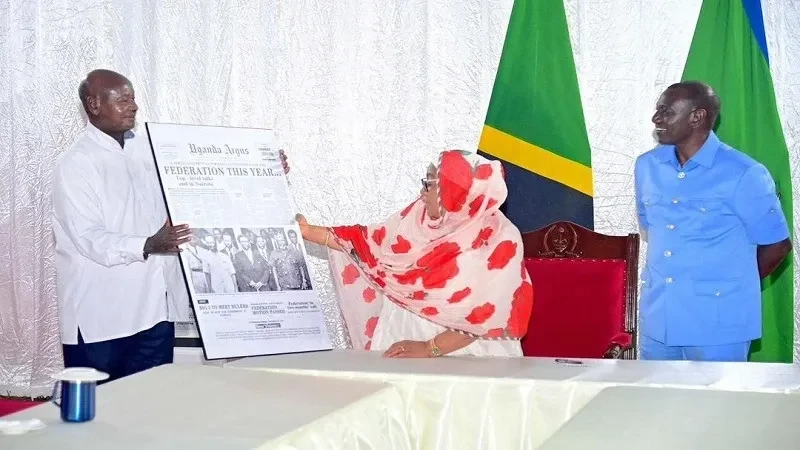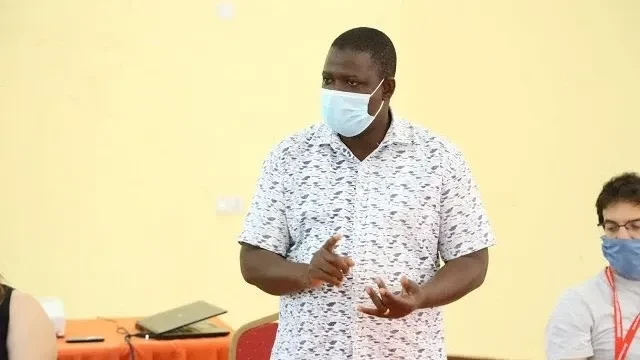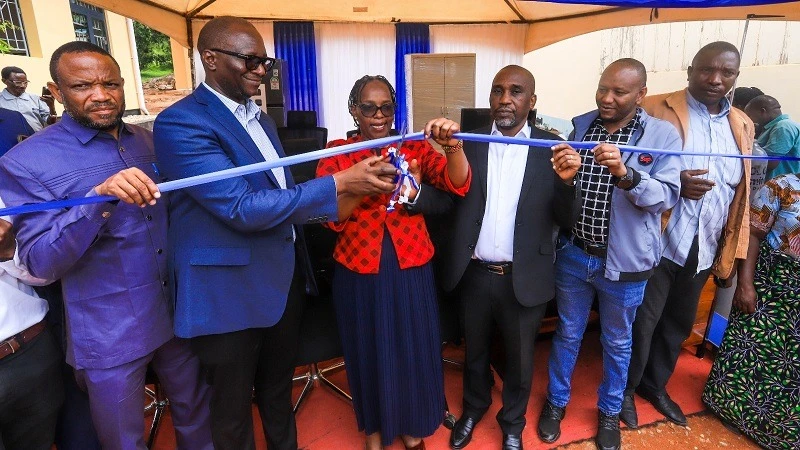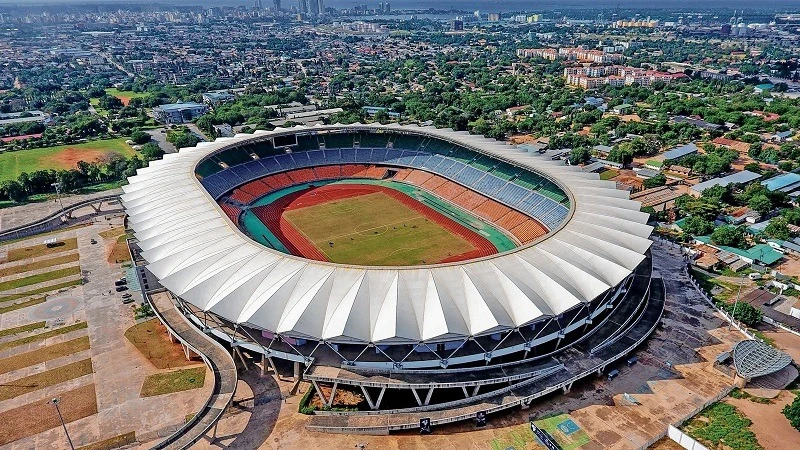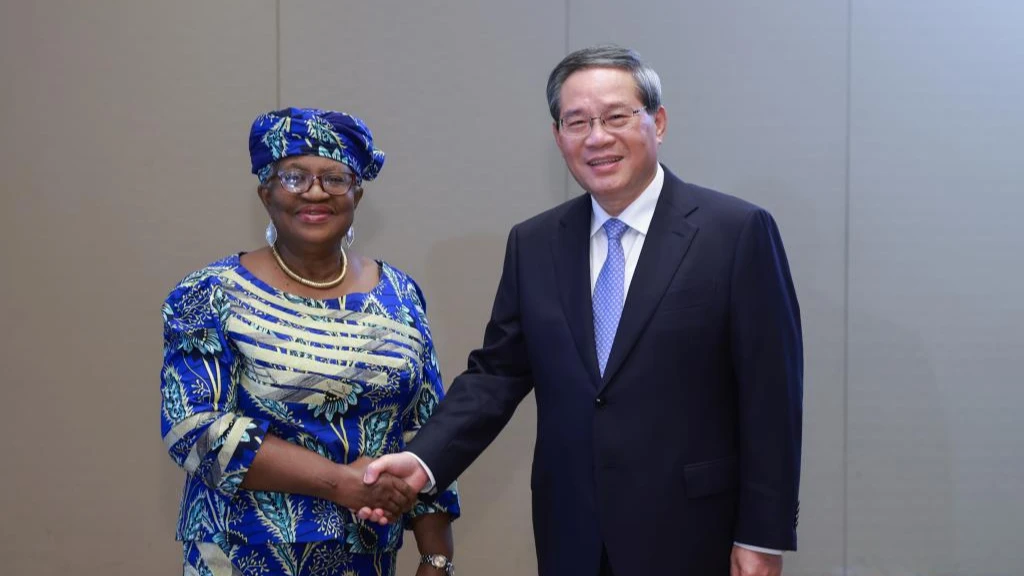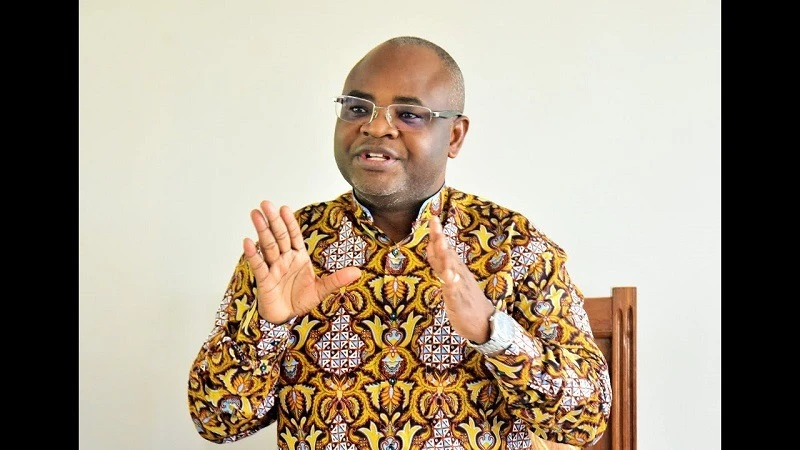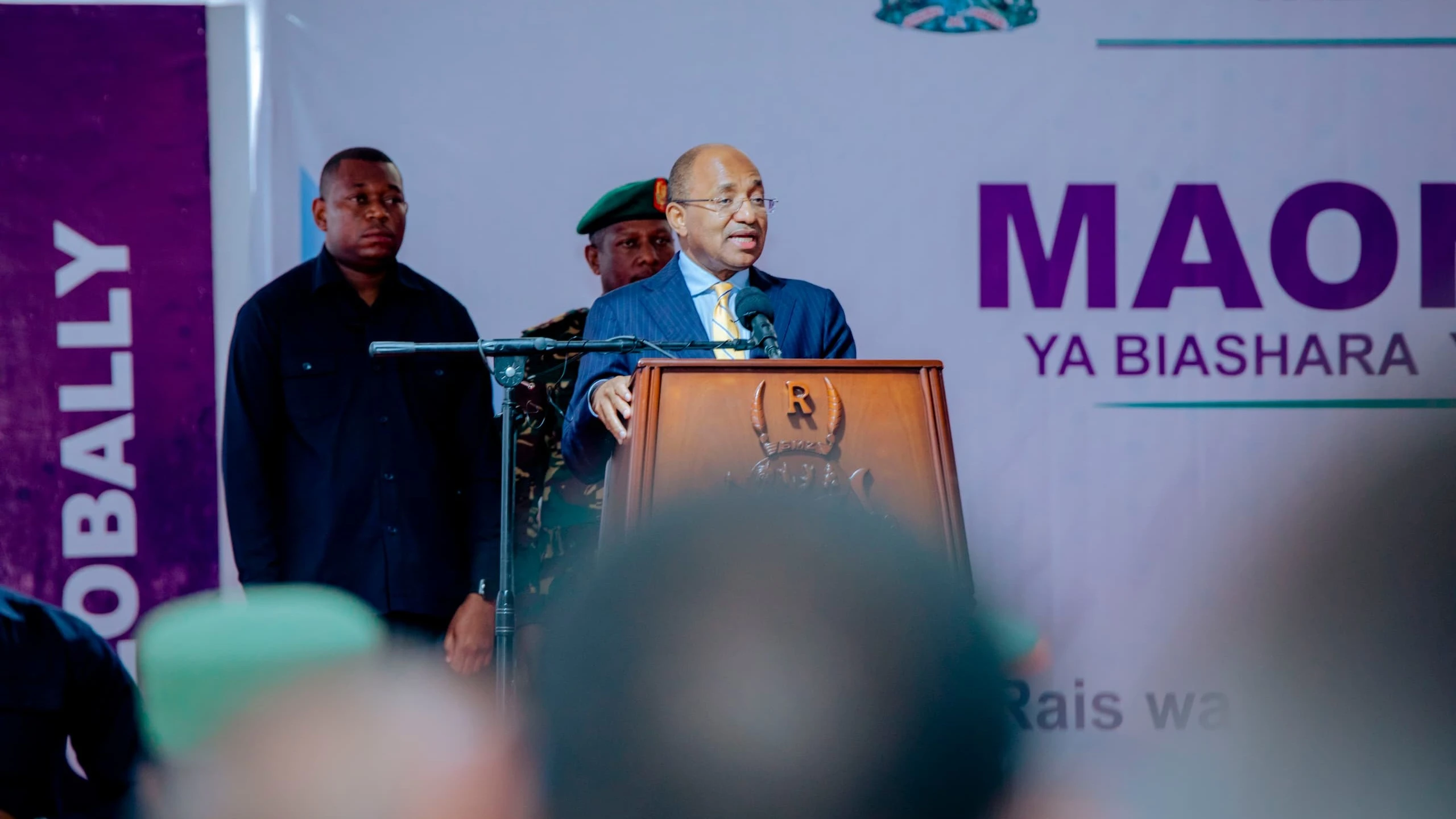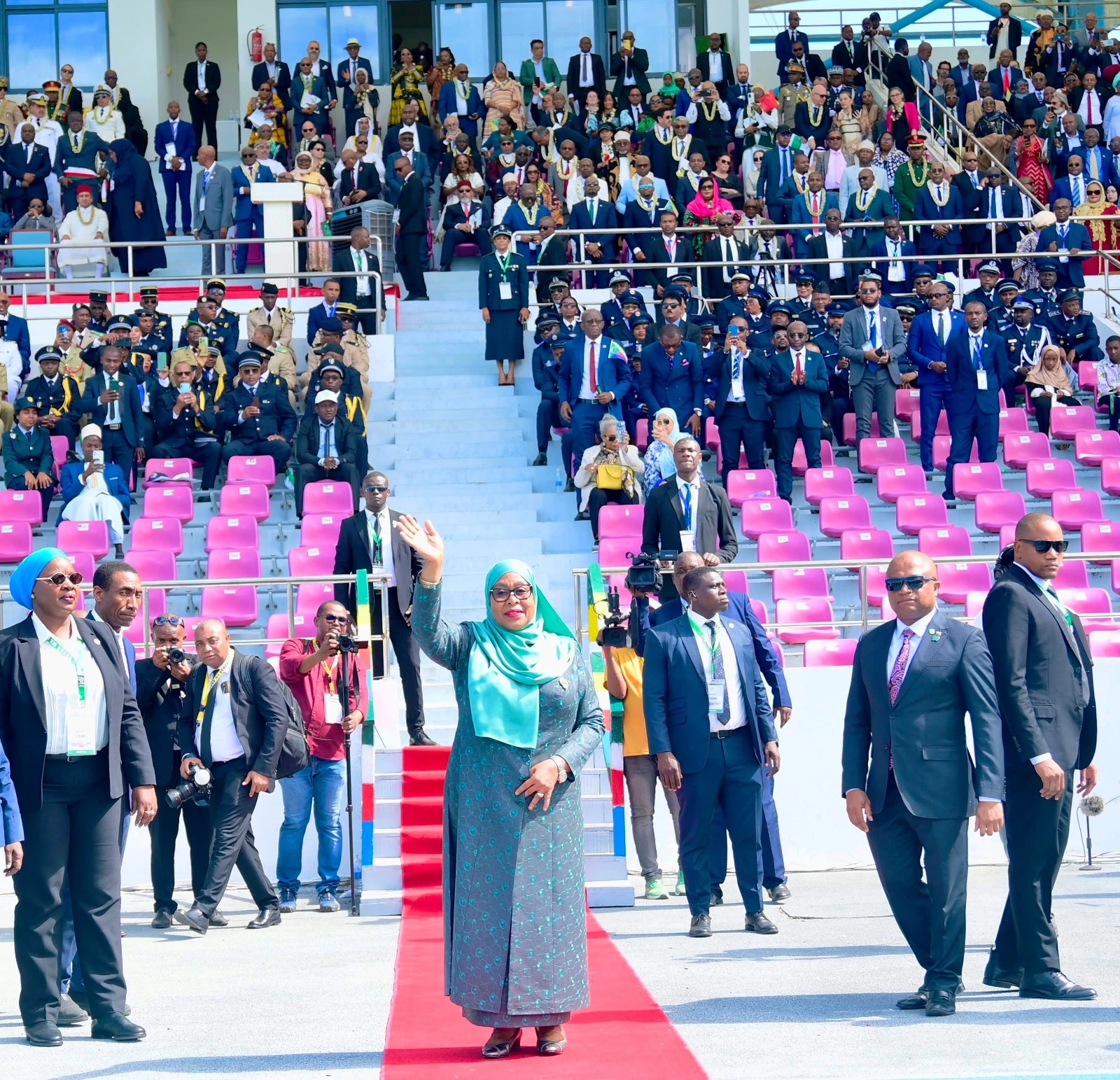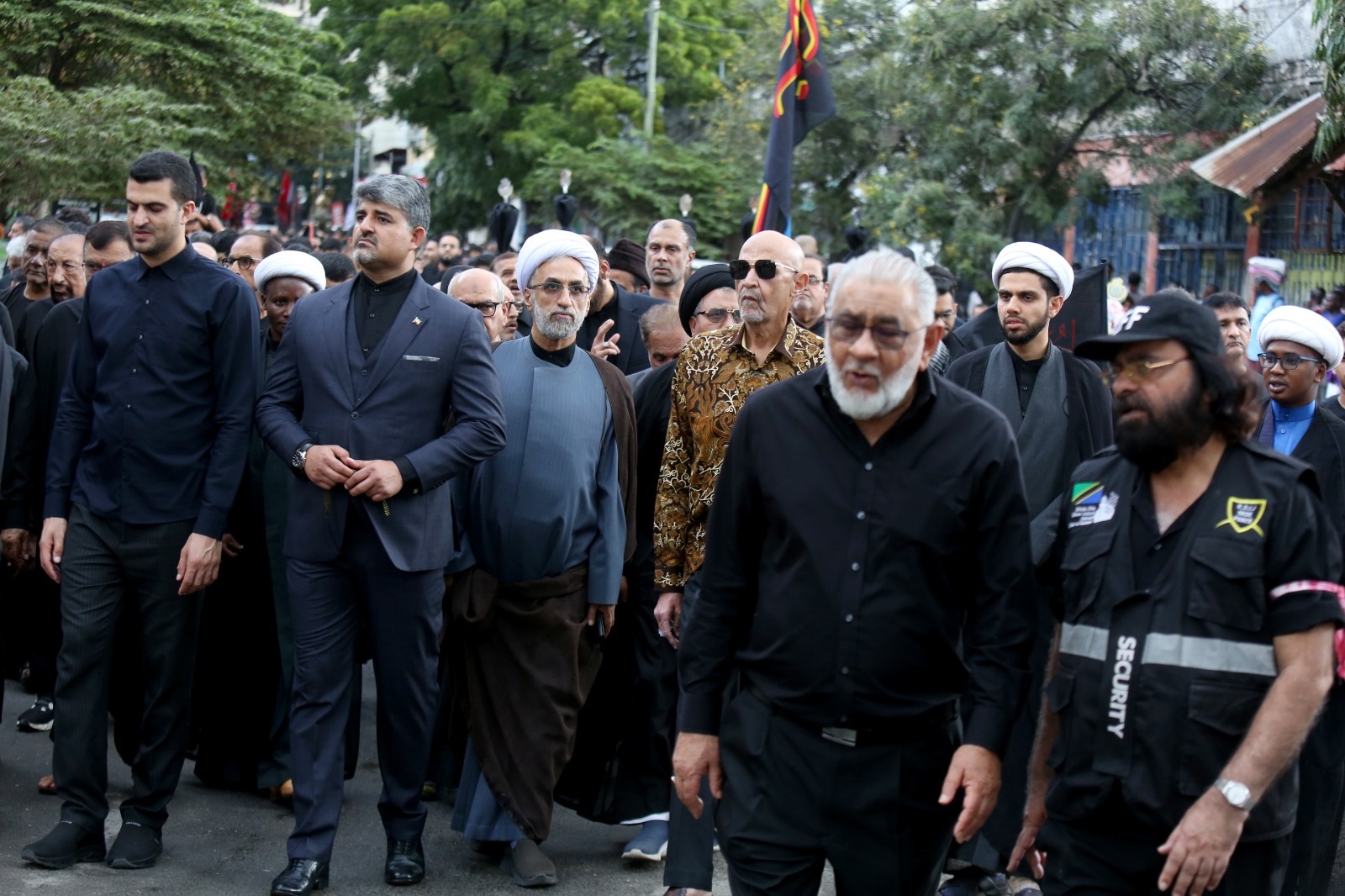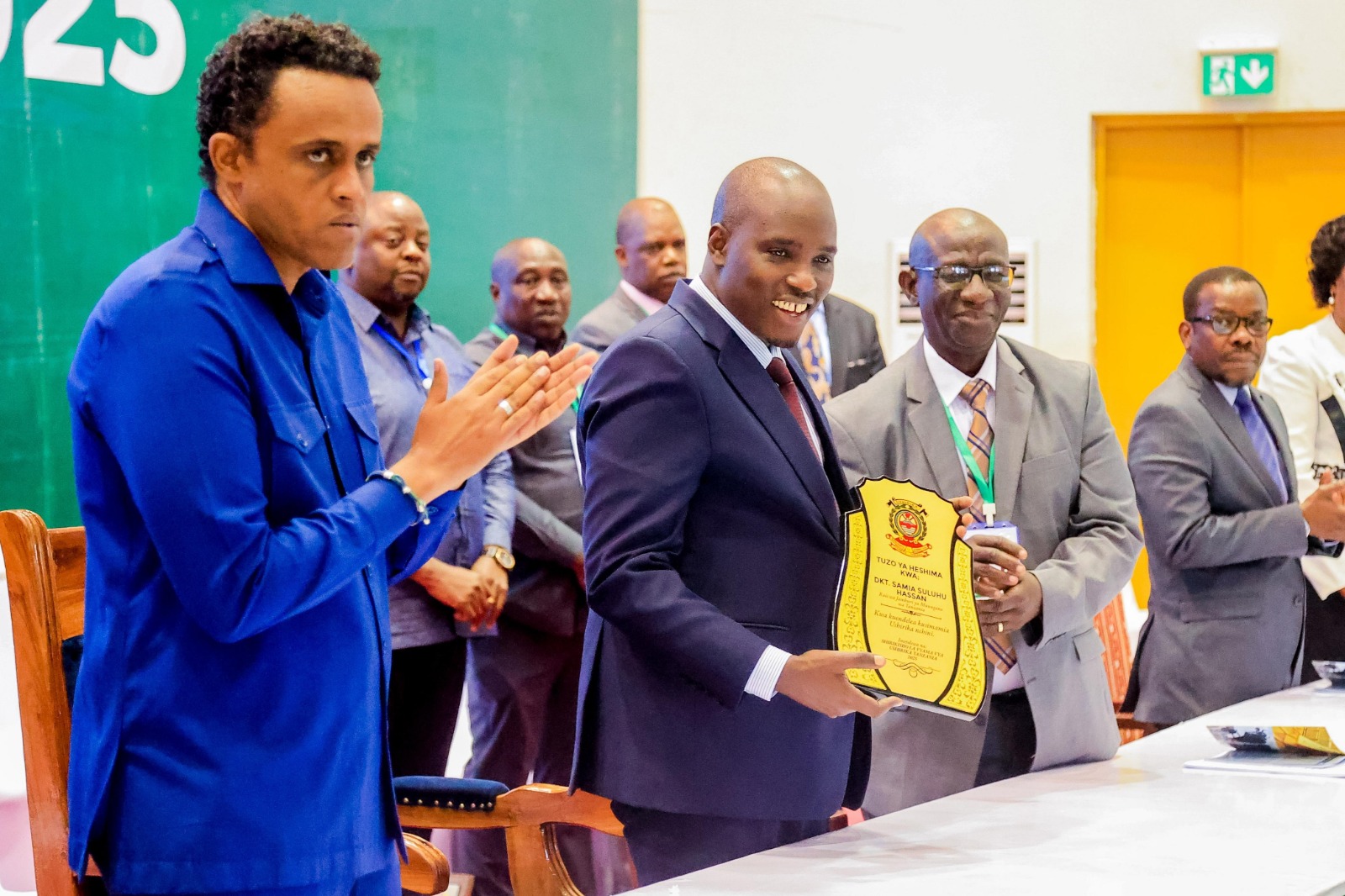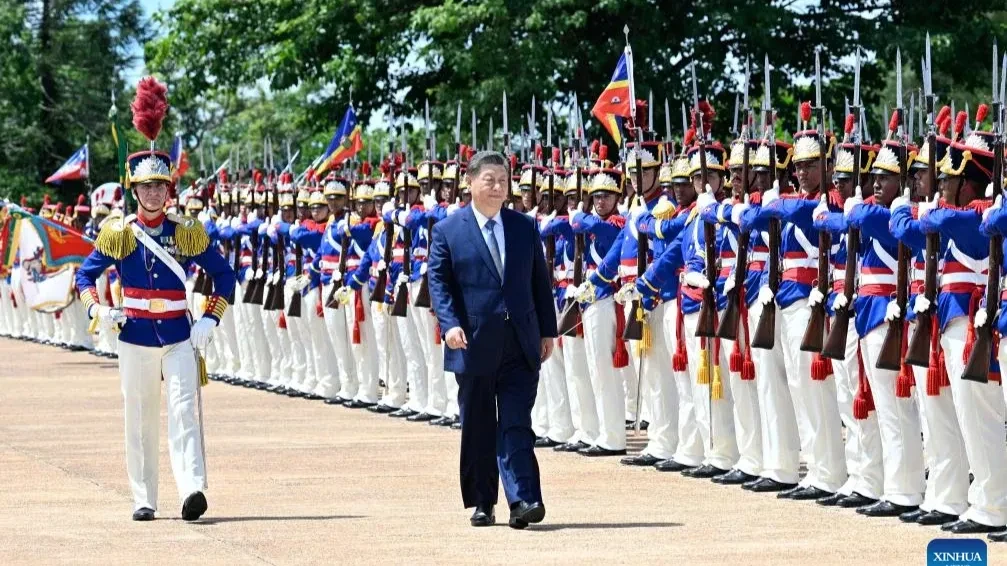Form Six leavers pass final exams

A TOTAL of 125,779 school candidates, equivalent to 99.95 percent, have passed their Form Six national examinations this year, out of 134,377 registered candidates.
Prof Said Mohamed, the National Examinations Council of Tanzania (NECTA) executive secretary, told journalists here yesterday that the results represent a rise in the overall pass rate, up from 99.92 percent in 2024, when 103,252 candidates passed.
However, results for 70 Form Six students were nullified due to identifiable examination malpractice, including possession of mobile phones, unauthorised answer sheets and notes in exam rooms.
Results for 244 candidates — including 235 Form Six students — were withheld as they were affected by medical issues and will be allowed to retake their exams next year, he said.
Candidates in language, social sciences, business and economics streams achieved pass rates of 92.25 to 96.35 percent in Divisions One and Two, while private candidates who passed this year totalled 6,127 or 90.70 percent, down from 7,804 candidates (93.34 percent) in 2024.
This reflects a 2.64 percentage point decline in the pass rate for private candidates, while performance quality showed that 125,375 candidates — 99.62 percent — passed in Divisions One to Three, with most securing higher divisions, he said.
Of these, 61,120 candidates (48.57 percent) attained Division One while 49,385 (39.24 percent) achieved Division Two, indicating a 0.22 percent improvement in quality, a negligible shift.
No significant gender gap was noticed, as male and female candidates recorded a 99.95 percent pass rate, with performance quality remaining consistent with female candidates achieving 99.57 percent, and male candidates 99.68 percent, he explained.
In science streams, 78.59 percent of candidates secured those top divisions, while the social sciences stream had the highest number of candidates with Division One and Two — 39,023 — followed by the language stream with 18,445.
“Business and economics subjects showed the most notable improvement, with the number of Division One passes increasing by 8.54 percent,” he said, noting that in the natural sciences, language and science teacher training streams, Division One performance improved by 0.72 to 1.84 percent compared to 2024.
However, the social sciences stream saw a slight 0.21 percent decline in Division One achievers, while in the Physics, Chemistry and Mathematics (PCM) stream, 3,913 candidates (41.93 percent) achieved Division One.
This was higher than the Physics, Chemistry and Biology (PCB) stream, where 6,828 candidates (37.45 percent) earned the same, compared to the Chemistry, Biology and Geography (CBG) stream.
Here 4,475 candidates (27.18 percent) achieved Division One, while 92 candidates in Physics, Mathematics and Computer Science (PMCs) recorded the highest percentage of Division One passes at 53.80 percent, lower than the Physics, Geography and Mathematics (PGM) stream where 596 candidates (40.08 percent) attained Division One, he specified.
The CBG stream improved by 3.49 percent in Division One and Two passes compared to last year, even as the PCM and PCB streams recorded performance declines of 6.39 percent and 1.62 percent respectively.
In the History, Kiswahili and English (HKL) stream, 9,736 candidates (51.29 percent) earned Division One. The Kiswahili, English and French (KLF) stream, despite having fewer candidates, produced better results — 196 candidates (70.00 percent) attained Division One, the result indicated.
In the Kiswahili, English and Chinese (KLC) stream, 18 candidates (66.67 percent) attained Division One, with the secretary noting that the HKL stream saw a 1.82 percent drop in Division One and Two performance compared to 2024.
In the Economics, Commerce and Accountancy (ECA) stream, 1,553 candidates (87.30 percent) attained Division One, while in the History, Geography and Economics (HGE) stream, 5,480 candidates (69.23 percent) achieved the same.
Performance quality in all business and economics streams improved by 1.10 to 4.25 percent in top division passes compared to last year, he said, noting that in the science and business teacher training streams, more candidates were placed in Division Three.
At the school level, out of 977 schools with published results, 725 (74.21 percent) had an average grade of C or above, while the number of schools with average grades A to D rose from 921 in 2024 (99.14 percent) to 976 in 2025 (99.90 percent) — a virtually negligible 0.76 percent increase.
No school averaged Grade E or F, reflecting a positive national performance trend, on account of improvements in effective teaching strategies and sustained government investment in the education sector, he added.
Top Headlines
© 2025 IPPMEDIA.COM. ALL RIGHTS RESERVED


